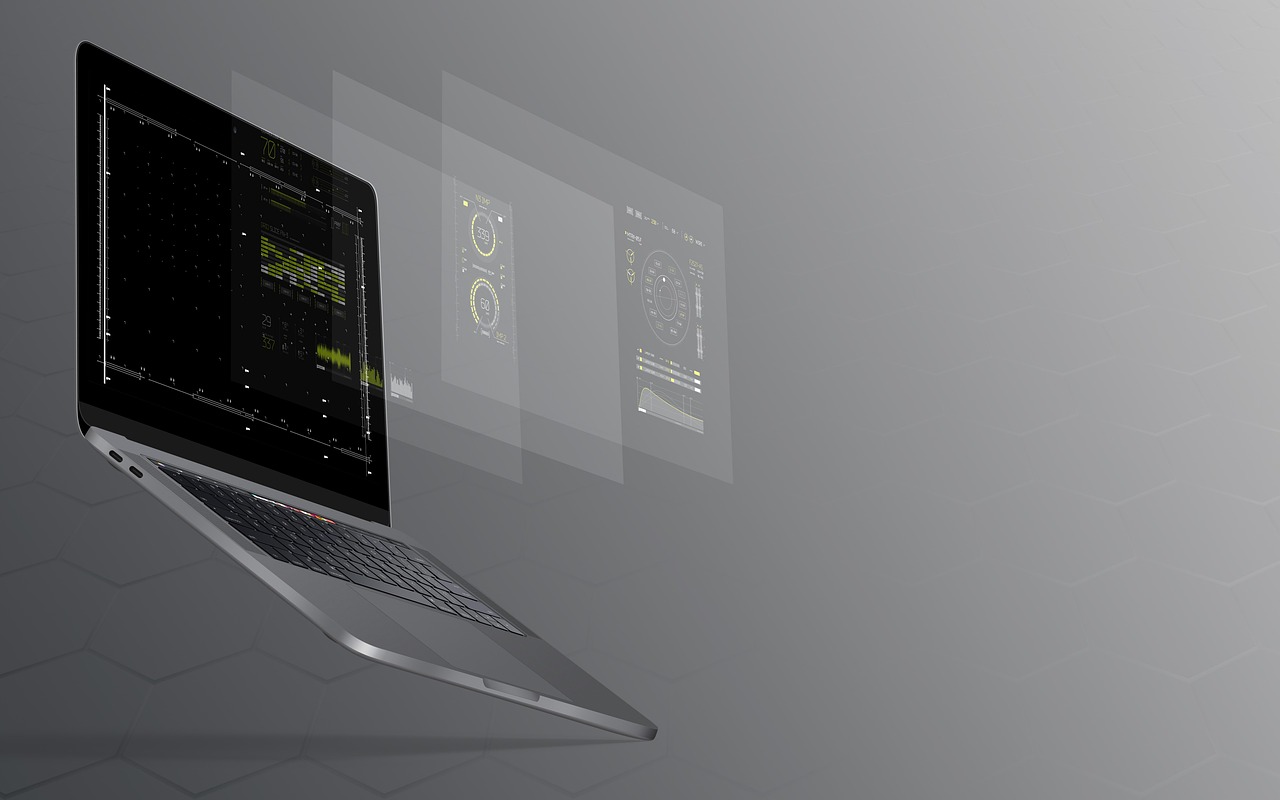Understanding & Analysing Data with Power BI – A Complete Guide
Power BI is Microsoft’s business intelligence product suite, allowing users to connect to various data sources and create interactive reports that give insight into the underlying data.
Introduction To Business Intelligence
Business Intelligence refers to the software, technologies, and processes that collect raw data and convert it into meaningful information. The data analysts with the business analyst course use BI to unify various datasets. Next, they present it in the form of visual data.
The visual data from Business Intelligence provides actionable insights to help make important decisions. Such decisions are crucial in improving the customer base. Consequently, it generates more value and profits.
Introduction To Power BI
The conceptualisation of Power BI took place in 2010, whereas the program’s inception occurred in 2011 under “Project Crescent”. Initially, the product had the basis of Excel’s Power Query, Power View and Power Pint add-ins.
Recently, it has become a collection of software apps and services that businesses avail to catch up with their data. People familiar with Excel will find Power BI a familiar software. But Power BI is much more capable than Excel since it provides visualisation and analysis that is far more accurate and efficient.
Why Use Power BI?
Why should businesses use Power BI? Power BI has its sources the data in raw Excel spreadsheets, CSV files or both. It stores the data on the premises or in cloud hybrid data storehouses. Power BI and Microsoft allow users to analyse data from multiple sources. Users can also share the data with anyone using the Power BI service.
The infrastructure of Power BI offers actionable insights into the business data for non-technical users. Such users do not have to learn more about data to comprehend and access technical information from the Power Bi cloud. With the help from business analyst course and Power BI makes the presentation very accessible, with graphs to alert the users of the current state of the business. The users then can take effective action to improve the business operations accordingly.
Features Of Power BI
Let’s look at the main features of Power BI:
- With Power BI, one can ask direct queries on datasets if they reach a certain size. It is time-saving as it minimises the time it takes to load the data.
- The ML or Machine Learning feature of BI detects valuable trends. Therefore, it can make predictions when it comes to the competitive market.
- The business analysts will receive timely notifications about the latest version of Power BI and its associated tools of Power BI Desktop and Power Bi Report Server.
- The users can benefit from high-end processing power. They can use the latest algorithms and technology for their business analyst course.
- The analysts can set up alerts on the key performance indicators (KPIs). With it, they can update the users on various measurements and metrics.
- With MS Power BI, analysts can process complex datasets and make them accessible to non-technical users. The non-technical users can easily use reports and custom dashboards. They will also receive business insights for free on the Power Bi Desktop. It is a beneficial feature for small businesses that do not require a lot of computation.
- Real-time updating of the live reports and dashboards. The update occurs as the data comes in, and the users can readily resolve the problems and discover new opportunities. After updating a dataset, Power BI refreshes the reports and uploads the new data into the service cloud.
- Power BI allows easy integration with other Microsoft products and services. For instance, the business can easily incorporate Power BI into Cortana. The users can easily access the graphs and charts using voice commands.
Components Of Power BI
The components of Power BI play an important role in businesses. The business analyst course allows one to enhance their skills to compose and unify multiple datasets. The components consist of Power BI Query, Power BI Pivot and Power BI View. Power BI Query collects data and transforms and analyses specific information from various data sources on a single platform.
Conclusion
The business analyst course also introduces the Power Pivot, a data modelling technique that uses the data analysis language to create simple and complex data models. The Power BI View allows users to create graphs, maps, charts, and other visual elements to present the data.

